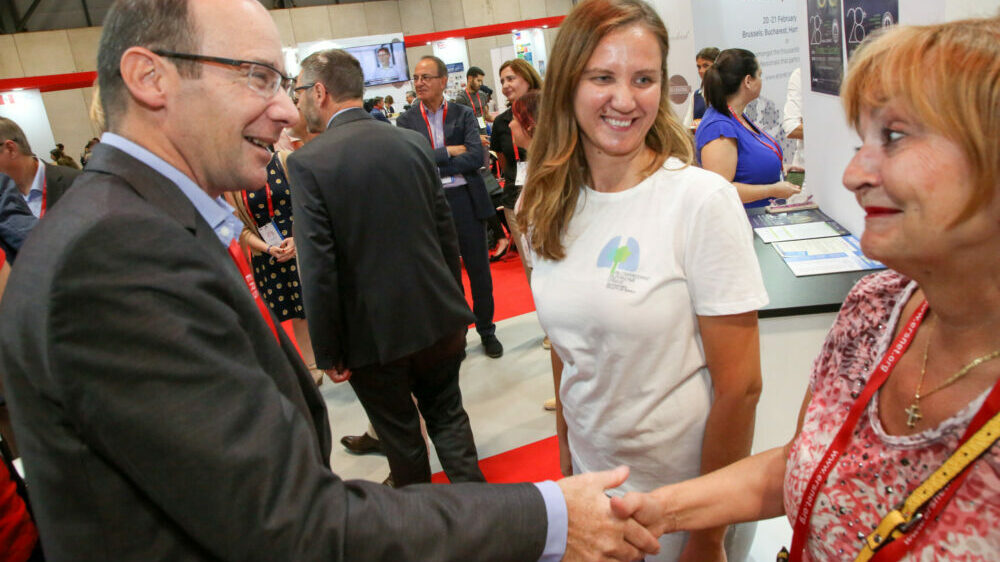
The Society
More than 35,000 clinicians, scientists and allied health professionals from over 160 countries are part of the ERS community
Become an ERS member


In total, an impressive 85 abstracts featuring representatives from ERS-supported Clinical Research Collaborations (CRCs) will be presented at the ERS Congress 2024 through a combination of oral and poster presentations.
Read more about the 13 abstracts highlighted by featured CRCs below.
Learn more about ongoing CRCs
The call for the Clinical Research Collaboration: application programme is now open

Background: Background: Antimicrobial resistance (AMR) in chronic respiratory disease is a global crisis. However, little is known regarding the specific challenges faced by healthcare workers across the world in this area.
Aims: To survey healthcare workers globally regarding the burden of AMR in chronic respiratory disease and challenges in the implementation of antimicrobial stewardship programmes in their regions.
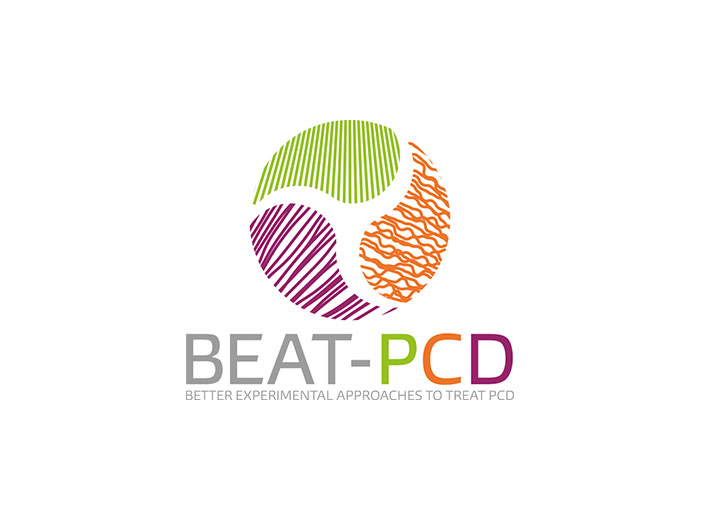
Background: Primary ciliary dyskinesia (PCD, ORPHA:244) is a rare, clinically and genetically heterogeneous group of diseases characterised by deficient mucociliary clearance of the airways.
Aims: Our aim was to characterize the underlying genetic defects, assess the geographic distribution and investigate the global impact of genotypes on clinical aspects of the disease, focusing on lung function and laterality defects.
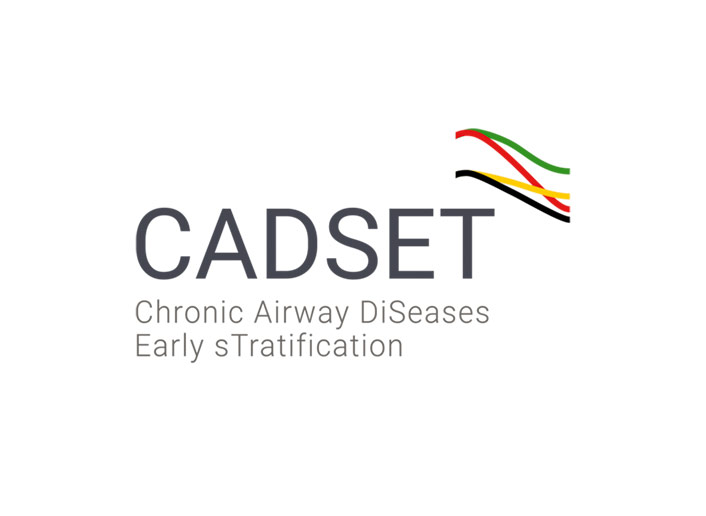
Background: The extent to which airflow limitation, a key feature of chronic obstructive pulmonary disease (COPD) presenting later in life, is already present in early adulthood is unclear.
Aim: We investigated the prevalence of airflow limitation in young adults across European population-based cohorts.

Background: Multi-country disease registries are important for providing real-world data, as shown by the EMBARC registry for the European adult population with bronchiectasis (BE).
Aims: Lacking comparable paediatric data, an objective of Child-BEAR-Net was to create an international paediatric BE registry. However, the governance and ethics approvals needed for international registries are cumbersome.

Background: Neuroendocrine hyperplasia of infancy (NEHI) is a form of childhood interstitial lung disease. Clinical improvement is observed over time; however, follow-up data are relatively scarce.
Aim: This study aimed to evaluate NEHI patients (pts) at school-entry age.

Introduction: Patients and providers have expressed concerns about how digital care affects their relationship. We systematically reviewed the evidence on how digital health affects the patient-provider relationship.

Background: Gender affects many aspects of chronic obstructive pulmonary disease (COPD). Limited data are available on gender issues in alpha-1 antitrypsin deficiency (AATD). We investigated gender issues in the EARCO registry, a prospective observational cohort study.
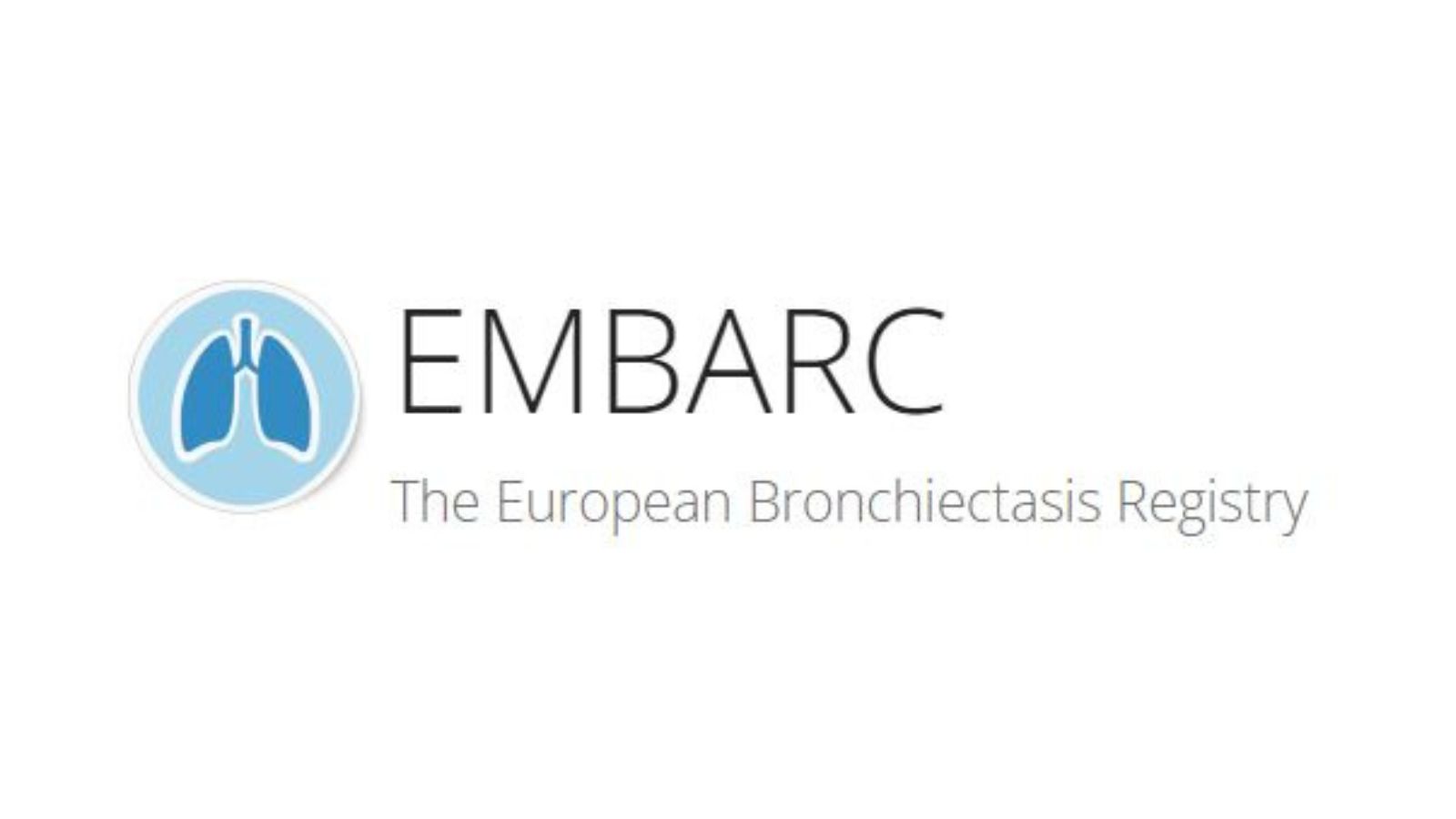
Background: Prior exacerbations are the main risk factor for exacerbations in bronchiectasis. Guidelines recommend macrolide only in frequent exacerbators. Other studies suggest that symptoms are related to increased exacerbation risk.
Aim: To investigate if symptoms could independently predict future exacerbations and identify responders to long-term macrolide therapy.

Background and aim: The COVID-19 pandemic has represented a relevant burden on European healthcare systems in the past few years. Differences in the hospitalised population features, treatment regimens and outcomes across European Countries are expected.
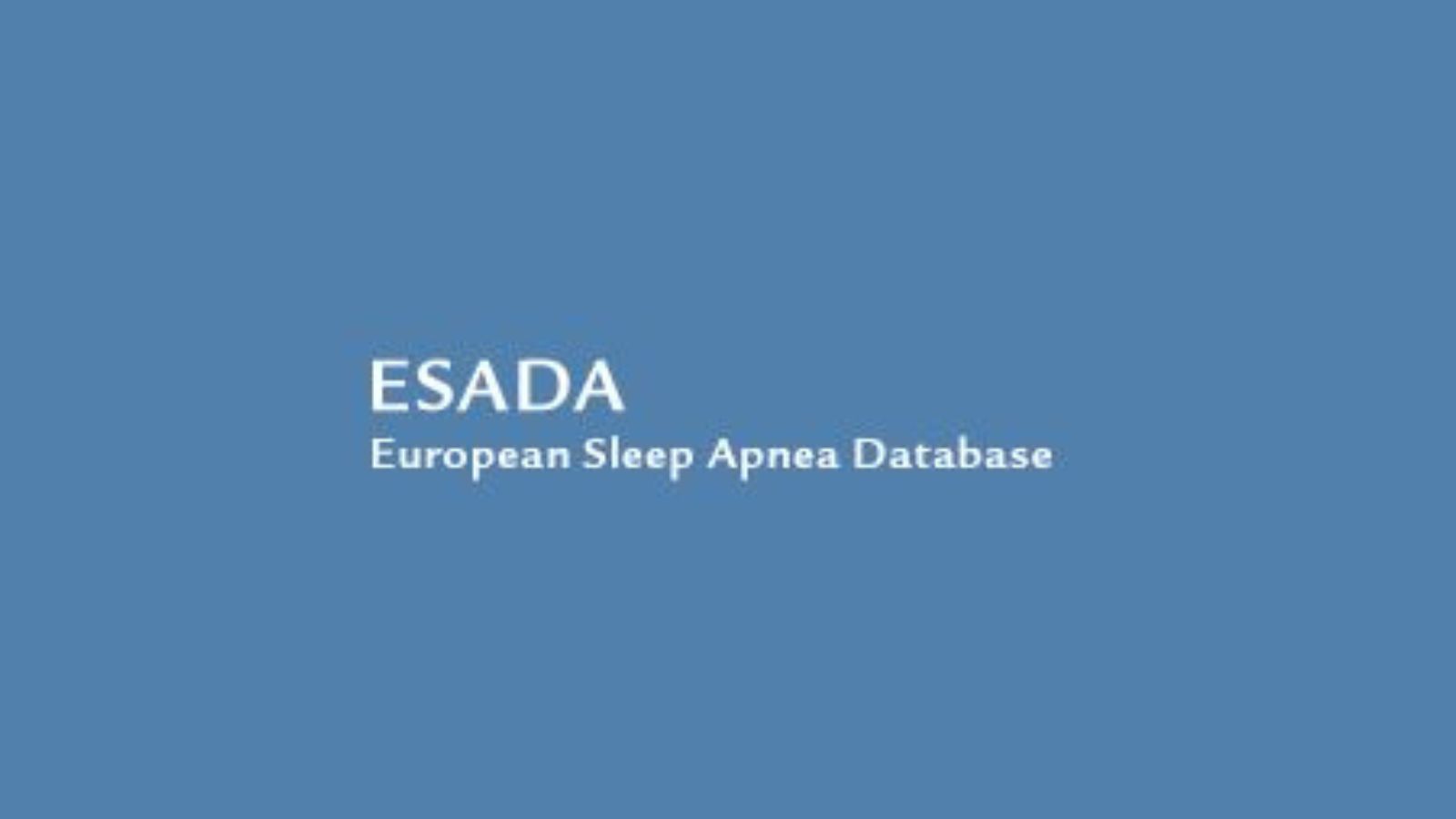
Background and aim: To test the impact of the ratio of non-respiratory to total arousals (NRAR) at baseline polysomnography on residual sleepiness (RES) evolution in obstructive sleep apnea (OSA) patients treated with Continuous Positive Airway Pressure (CPAP).

Introduction and aims: The ERS N-EUROCOUGH CRC established the first Europe-wide chronic cough (CC) patient registry comprising clinical, physiological and biological data. Here we report a descriptive analysis of clinical characteristics at baseline and 12-month follow up.

Introduction: Pulmonary hypertension associated with chronic lung diseases (PH-CLD) is an heterogenous group in terms of clinical presentation and management. Pooling data from registries could help to delineate different phenotypes.
Aim: This survey aimed to evaluate the management of PH-CLD across different European PH centers and to assess the feasibility of data registry integration.
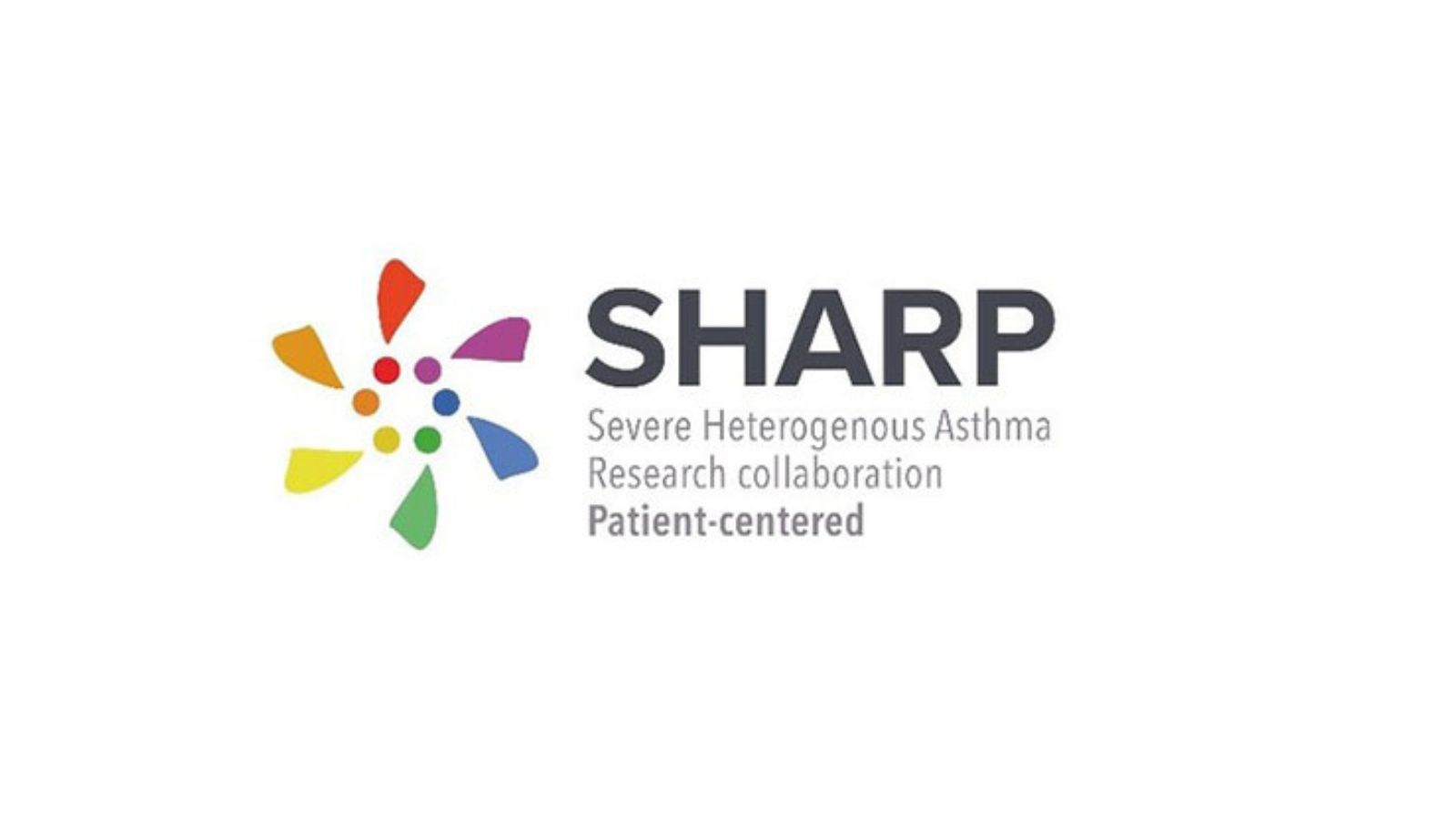
Introduction and aims: The heterogeneity of patients with severe asthma in Europe necessitates real-world evidence from large cohorts to improve disease understanding and patient care. This study aims to address this gap.
View this year's programme in full
Register for this year's Congress
Learn more about abstract and case submission for this year's Congress